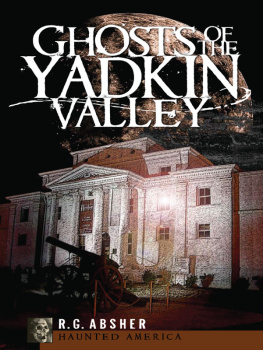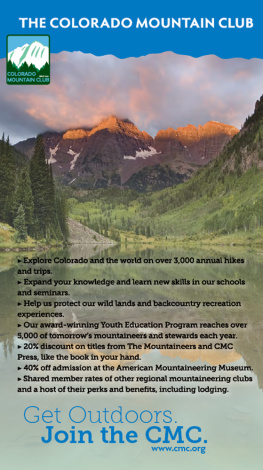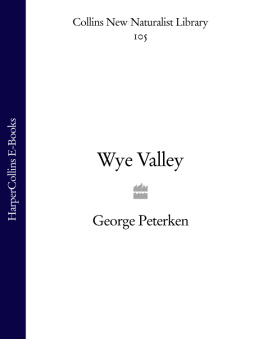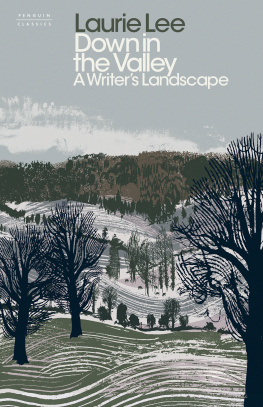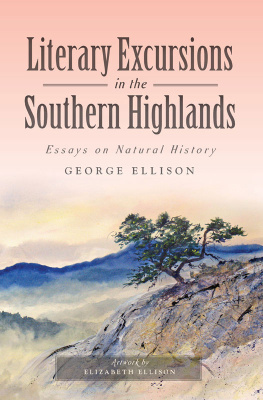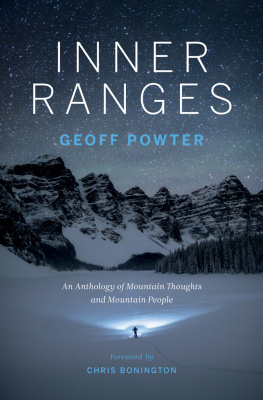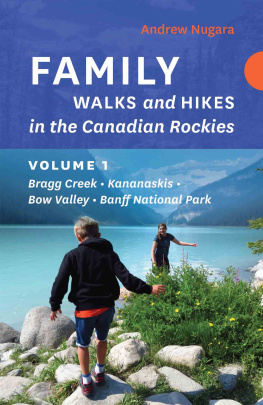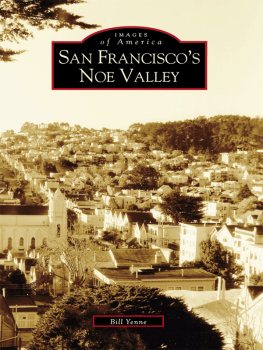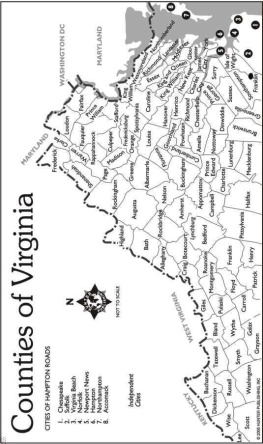IMAGINE
THIS
VALLEY
ESSAYS AND STORIES
CELEBRATINGTHE
BOW VALLEY
Collected by
Stephen Legault

Collection copyright 2016 by Stephen Legault
Essays copyright 2016 by the contributors
First Edition
All rights reserved. No part of this publication may be reproduced, stored in a retrieval system, or transmitted in any form or by any means electronic, mechanical, audio recording, or otherwise without the written permission of the publisher or a photocopying licence from Access Copyright. Permissions and licensing contribute to a secure and vibrant book industry by helping to support writers and publishers through the purchase of authorized editions and excerpts. To obtain an official licence, please visit accesscopyright.ca or call 1-800-893-5777.
RMB | Rocky Mountain Books Ltd.
rmbooks.com
@rmbooks
facebook.com/rmbooks
Cataloguing data available from Library and Archives Canada
ISBN 978-1-77160-176-4 (paperback)
ISBN 978-1-77160-177-1 (electronic)
For information on purchasing bulk quantities of this book, or to obtain media excerpts or invite the author to speak at an event, please visit rmbooks.com and select the "Contact Us" tab.
We acknowledge the financial support of the Government of Canada through the Canada Book Fund and the Canada Council for the Arts, and of the province of British Columbia through the British Columbia Arts Council and the Book Publishing Tax Credit.

To all those past, present and future who
through their creative vision have told a story
to match the splendour of this place.
^ ^ ^
Proceeds from the sale of Imagine This Valley will be
donated to a fund to support young people in the
Bow Valley who wish to pursue a future in writing.
Visit www.imaginethisvalley.net to learn more.
CONTENTS
Stephen Legault
Kevin Van Tighem
Ben Gadd
Jon Whyte
Colette Derworiz
Ian Brown
Jocey Asnong
Joleen Brewster Niehaus
Ruth Oltmann
Stephen Legault
R.W. Sandford
Lynn Martel
Jamey Glasnovic
Maria Gregorish
Rob Alexander
Frances Klatzel
Carol Picard
Michale Lang
Harvey Locke
Katherine Govier
Miki Kawano
John Reilly
Stephen Legault
Kristy Davison
Margo Talbot
Dustin Lynx
Barry Blanchard
Graeme Pole
Stephen Legault
PREFACE
LAND OF A THOUSAND STORIES
Imagine This Valley is a collaboration of some of the Bow Valleys most talented writers, sharing their passion for, and sometimes struggles with, Albertas iconic mountain landscape. This idea began in 1996, while I was living in Lake Louise. At the time I was working for Parks Canada in the summer and volunteering for various conservation organizations in the winter. The BanffBow Valley Study was underway, and a group of us were advocating for the Bow Valley Wildland through Albertas Special Places 2000 process, a half-hearted effort by the Alberta government to meet its obligation to conserve 12 per cent of the provinces natural landscapes.
And I was writing: mostly ill-tempered letters to the editor, and articles for journals and newspapers and the occasional magazine. The premise for Imagine This Valley was that the landscape needed a voice, and that those who love it might come together to tell at least a small part of its story. I pitched the idea to a publisher and got an on-the-fence write it and well have a look response. That was good enough for me. I approached a dozen or so people, mostly folks with an interest in the Bow Valleys culture and environment, and started to collect essays.
The project got stuck. I didnt have the experience to see it through. The book was abandoned for awhile (about 18 years) until a conversation with RMBs Don Gorman revived it. With a few books under my belt, and two more decades of experience in project management, I decided to restart the undertaking. Some of the old essays, amazingly, were still relevant. New authors were approached. I did my best to collect stories from as many voices in the Bow Valley as I could. In some places in particular the voices of the First People in the valley I didnt do so well. I reached out to new immigrants to the valley, and did presentations to high-school students, and got some great writing for the effort. All told, 25 of us pooled our voices for this place we love, struggle with and call home.
The Bow Valley is a land of a thousand stories. People have been coming to this place for more than 10,000 years, and they have brought stories of their own origins and created new ones as they learned to live here or as they just passed through.
Not all of these stories are easy to tell or read. The place looks like paradise, but its a very human landscape and, as such, has its share of tragedy and challenge. Ive encouraged this collections authors to dig deeply into their own experiences. The result is an unvarnished look at a place and its people. In imagining this valley, we have to consider its challenges as well as triumphs.
Imagine we must. If were to have any success in creating, in the words of American author Wallace Stegner, a society to match the scenery, then we will need to employ our hearts and heads in the effort to conceive of a place where our stories equal the vaulted heights of the mountains all around and the deep serenity of the river pulsing at our feet.
Now its your turn: imagine this valley
Stephen Legault, Canmore
PART ONE
A Sense of Place

BOW CORRIDOR
HEART OF A MOUNTAIN ECOSYSTEM
Kevin Van Tighem
Late in June, the Bow Corridor lies sodden beneath heavy, grey clouds. The mountaintops are hidden from view. Rain slants down onto the streets of Canmore and Exshaw, splatters into aspen foliage along the lower slopes of Mount Yamnuska and lashes the face of Lac des Arcs.
It is the kind of day when people stay at home and complain about the weather. The tires of passing trucks and cars on the Trans-Canada Highway hiss and whine. Through the slap-slap of windshield wipers, the travellers peer out at the shining ribbon of asphalt that traces the Bow River Valley west toward the Continental Divide.
Sheets of water pulse across the limestone faces of the Fairholme Range, the Three Sisters and Mount Rundle. Gullies fill with runoff as sparse timberline forests and grassy slopes shed the rain their shallow soils cannot absorb. Cougar and Wind creeks become brown and hungry. The Bow River rises and overflows its channels.
On days like this, the Bow River becomes virtually one with its surrounding landscape. The entire Bow watershed is running water, from the summits of cloud-enshrouded mountains to the rounded gravels of the riverbed below. For just this brief time, running water makes tangible the complex web of living connections that bind the Bow River to the great surrounding mountain ecosystem.
Most people consider the Bow Glacier, on the Continental Divide north of Lake Louise, to be the source of the Bow River. Saying that the Bow begins in the Pacific Ocean, however, would be closer to the truth.



